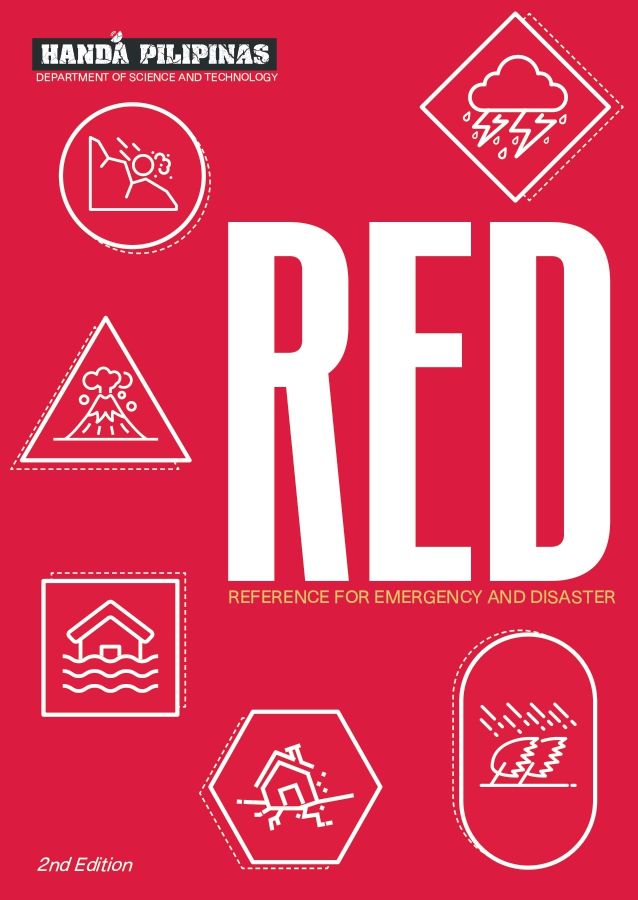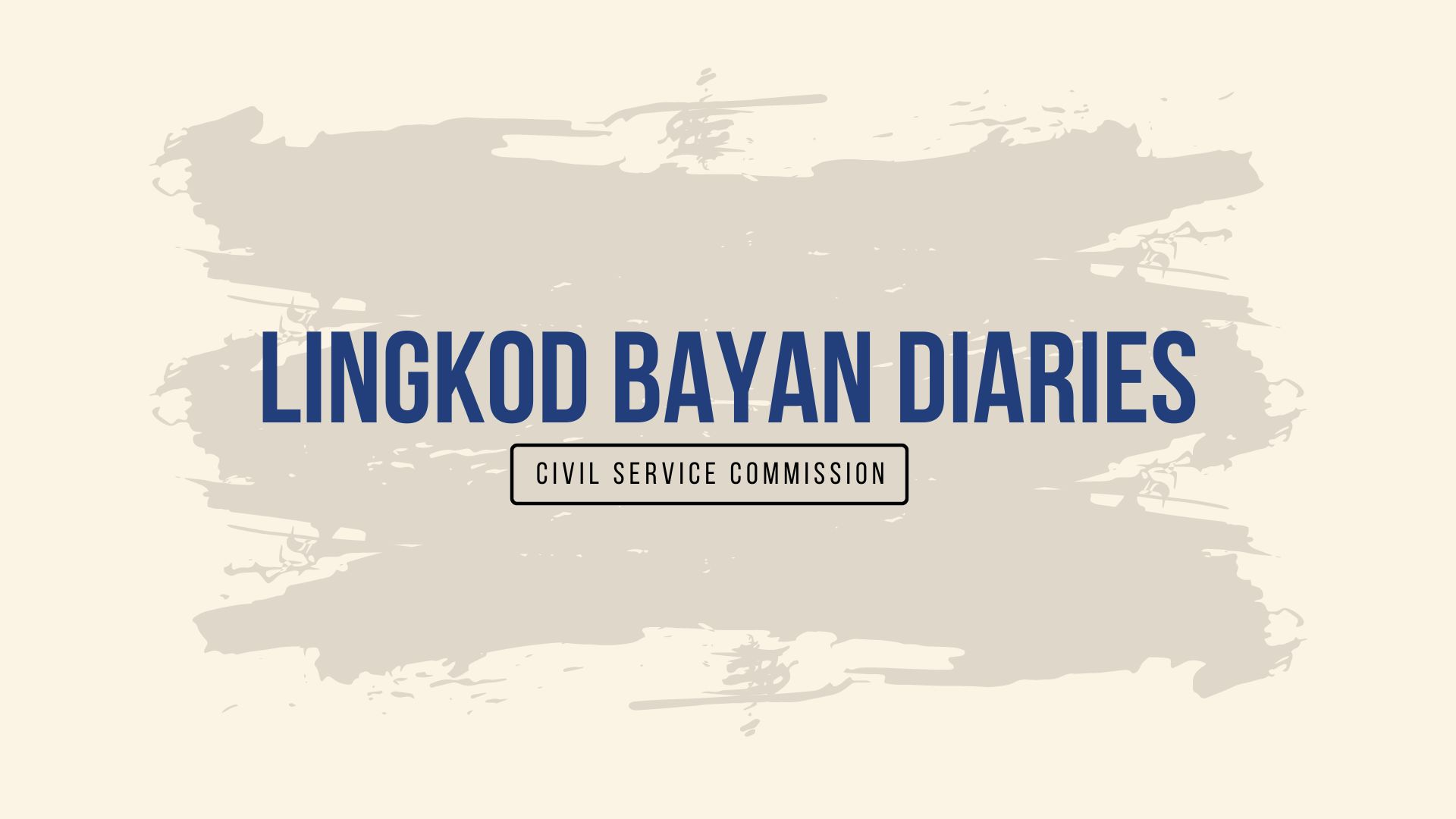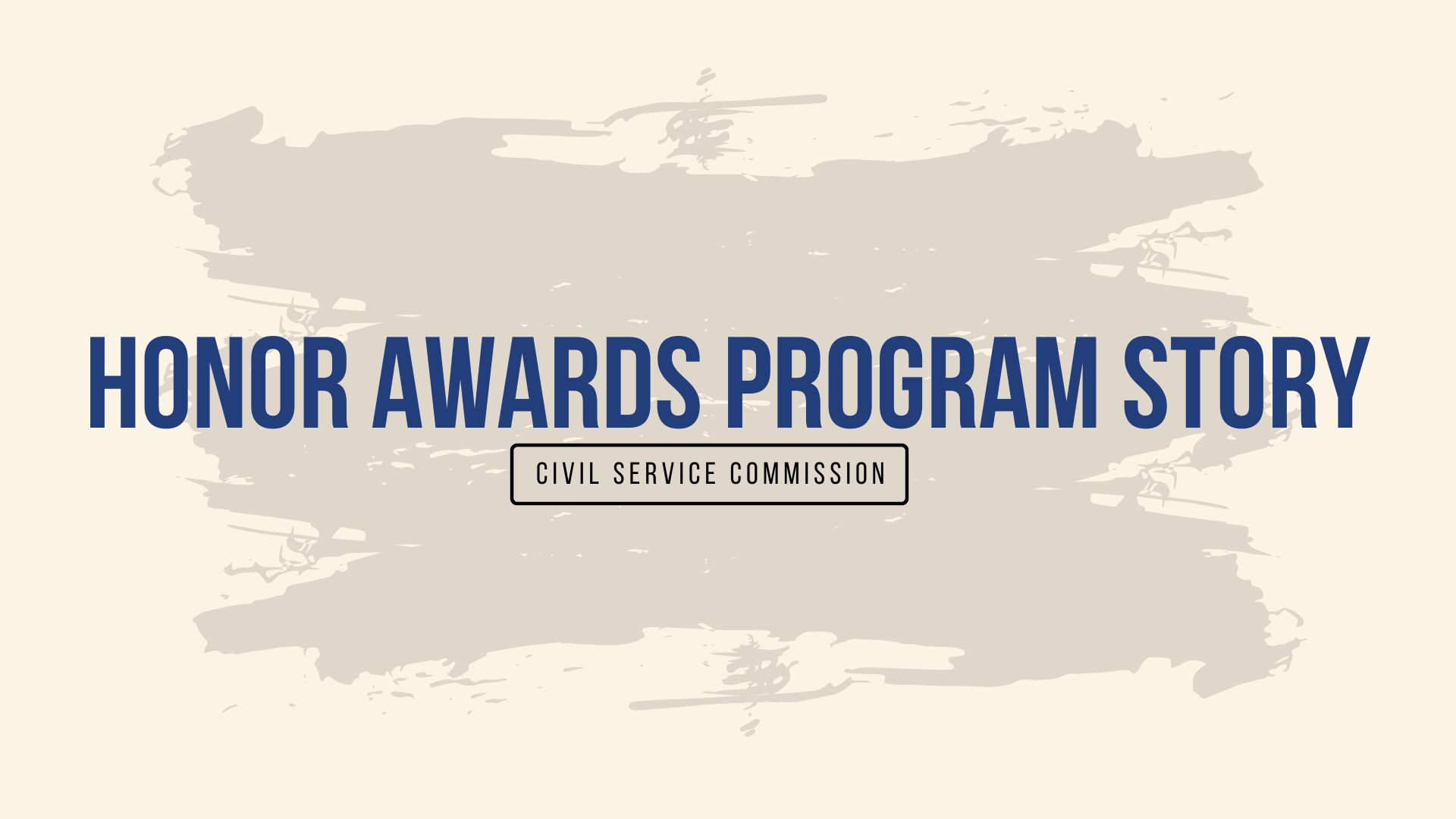Transportation, robotics, and machine building for manufacturing processes, disaster mitigation, and food processing for small and big enterprises are the identified beneficiaries of the program. Once realized, MakiBayan will result in earnings and wealth for Filipinos through jobs generated, efficient production, and quality outputs. “I thank the DOST, through the leadership of Secretary Montejo, for the MakiBayan Program. It has always been our aspiration to upgrade the status of the tool and die sector of the country. Now we can work together to bring this objective into reality,” said PDMA President Luis Antonio T. Fuster. Also during the MakiBayan launch, PDMA proposed the establishment of the Die and Mold Solution Center that shall serve as a common service facility to accommodate small and medium enterprises who cannot afford to purchase costly pieces of equipment. Its ultimate goal is to increase the country’s production of die and mold and reduce dependence on their importation. MIAP, who specializes in metalworking, or transformation of the shape and properties of metals to produce tools and components, also thanked the DOST for the opportunity of taking part in the commercialization of mature R & D projects. “We at MIAP are privileged to be part of this event in crafting the roadmap of the metalworking sector. As a gesture of gratitude we are taking a bold stance by accepting the challenge as one of the government partners in working towards improving productivity in the metal sector,” said Virgilio F. Lanzuela, MIAP president. Meanwhile, Dr. Aura C. Matias, ERDT Program Leader, stated that the lack of researchers, scientists and engineers to conduct R&D can be a big reason for the slow growth of the country. UNESCO put the benchmark for a developing country at 360 researchers, scientists and engineers per year in order to . According to her, the country produced 125 researchers, scientists and engineers in 2005, and only five after two years, with a total of 130 in 2007. In addition, Philippine neighbors like Vietnam, Thailand and Singapore produce six, 25 and 200 Master graduates, respectively, for one produced in the country. With regard to the MakiBayan, Dr. Matias said, “The ERDT consortium is an investment to make the Philippines globally competitive by addressing R&D manpower needs.” “Through this partnership, the industry can tell us what expertise they need, and we will supply them with what they need,” she added.
Announcements
- DOST-JST Call on Smart Agriculture 2025
- Call for Proposals for the 2026 DOST-JSPS Joint Research Project
- Call for Nominations for the 7th Executive Member (EM) of the National Innovation Council (NIC)
- 2025 Philippines-Korea Joint S&T Research Program Call for Proposals
- Call for Application - 2025 MECO-TECO Sandwich Scholarship Program (SSP)
- Call for Proposals: 2025 MECO-TECO Joint Research Program
- Call for Proposals: 2024 DOST-JST JOINT RESEARCH PROJECT ON WATER SECURITY
- Open Application for 2025: Leadership Development Program in Japan- IATSS Forum
- Call for Proposals: 2025 DOST-JSPS Joint Research Project (JRP)
- Call for Proposals: 2024 Philippines-Korea Joint Science & Technology Research Program
- Scholarship Announcement
- Call for Proposal: 2024 DOST-MOST Joint Research Project
- Call for Proposals: 2024 MECO-TECO Joint Research Project
- 2023 Global Research Council Asia Pacific Regional Meeting
- Call for Proposals: 2024 DOST-Japan Society for the Promotion of Science (JSPS) Joint Research Project
- Social Media Cards Against Online Sexual Abuse and Exploitation (OSAEC)
- DOST-CO Enhanced Community Quarantine Advisory to the Public
- Wave of Action: DOST Water Programs and Technologies
- Implementing Guidelines for the Startup Grant Fund of the Department of Science and Technology
- SALIKSIK R&D Briefer
- Science, Technology and Action Nexus for Development (STAND)
- NOTICE TO THE PUBLIC - Abolition of the Technology Resource Center (TRC)
- Postings at the DOST Website
Today's Outlook
|
DAILY WEATHER FORECAST |
|
|
EARTHQUAKE, VOLCANO and TSUNAMI BULLETINS |
|
 |
CLIMATEX |









